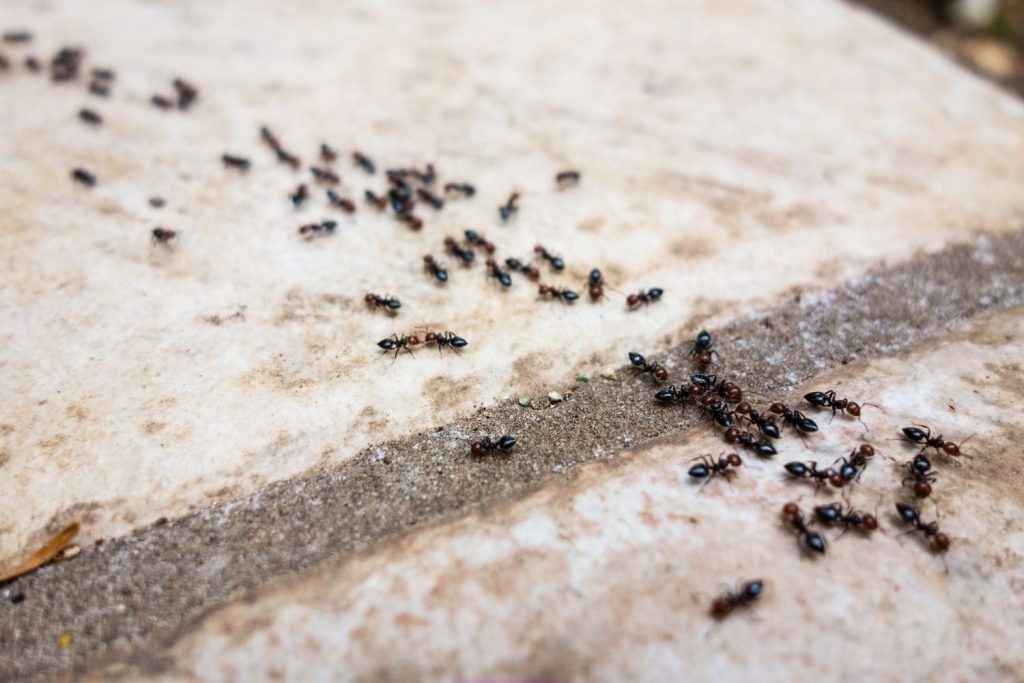Termites and gnats are two distinct types of insects, each with its own unique characteristics and behaviors. In this article, we will discuss the major differences between termites and gnats and how to identify each one. We will also explore how to prevent and treat infestations of either species.
Comparison of Termites and Gnats
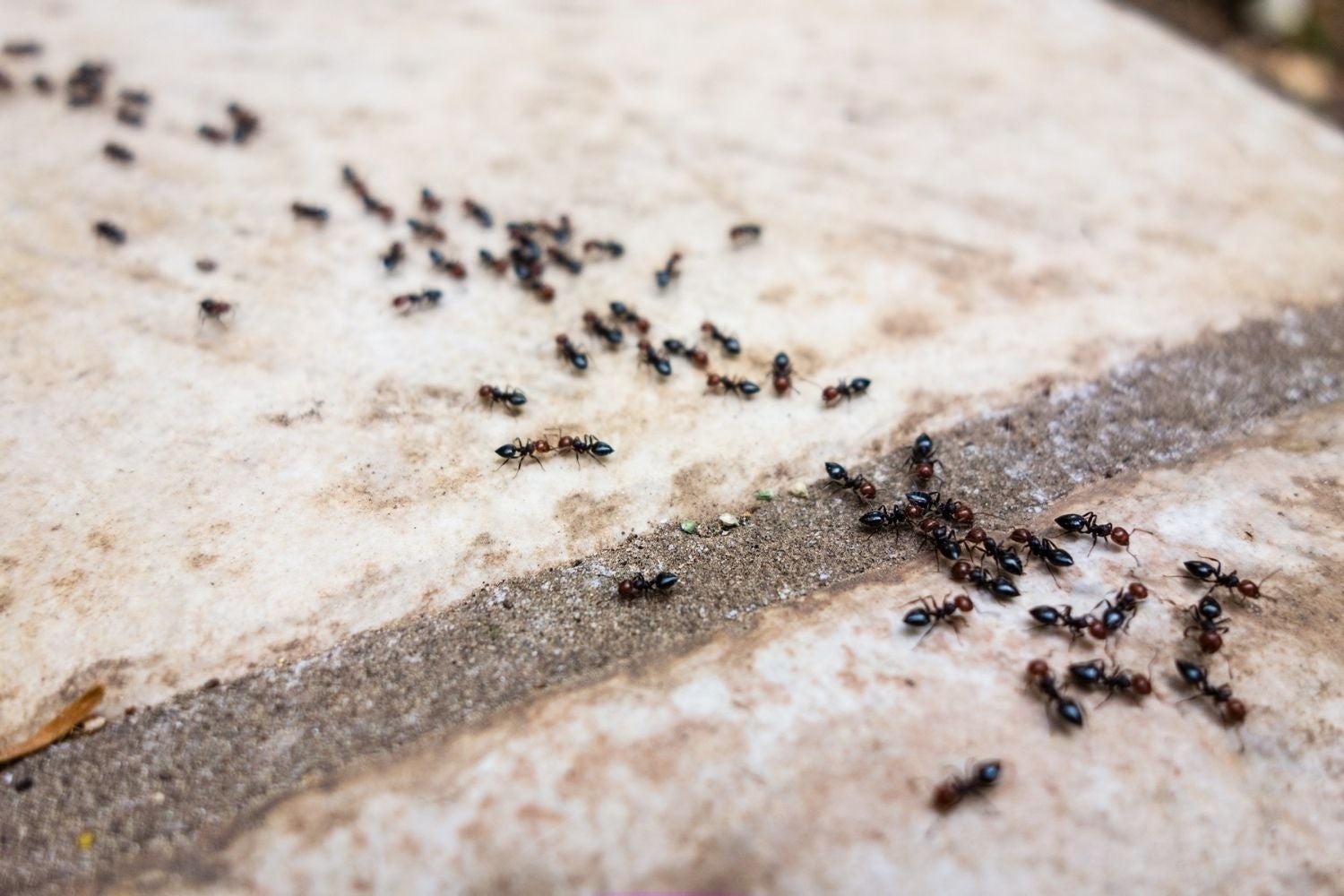
Termites and gnats are both small insects, but they differ in many ways. One of the most obvious differences between termites and gnats is their size. Termites are much larger than gnats, measuring up to 1/2 inch in length. The average gnat is about 1/8 inch long. Another difference between the two species is their diet. Termites feed on wood and other cellulose materials, while gnats primarily feed on plant nectar and organic matter.
Termites also have a unique social structure compared to gnats. Termites live in large colonies with a queen, workers, and soldiers. Gnats, on the other hand, are solitary and do not form colonies. Termites build elaborate tunnels and mounds in the soil, while gnats do not build any structures.
Termites are also more destructive than gnats. Because of their wood-eating habits, termites can cause significant damage to buildings and other wooden structures. Gnats, on the other hand, generally do not pose a threat to buildings or other structures.
Finally, termites and gnats have different life cycles. Termites have a four-stage life cycle, while gnats have only two stages. Termites also live much longer than gnats, with the average termite having a lifespan of up to 10 years. Gnats, on the other hand, typically live for only a few weeks.
Characteristics
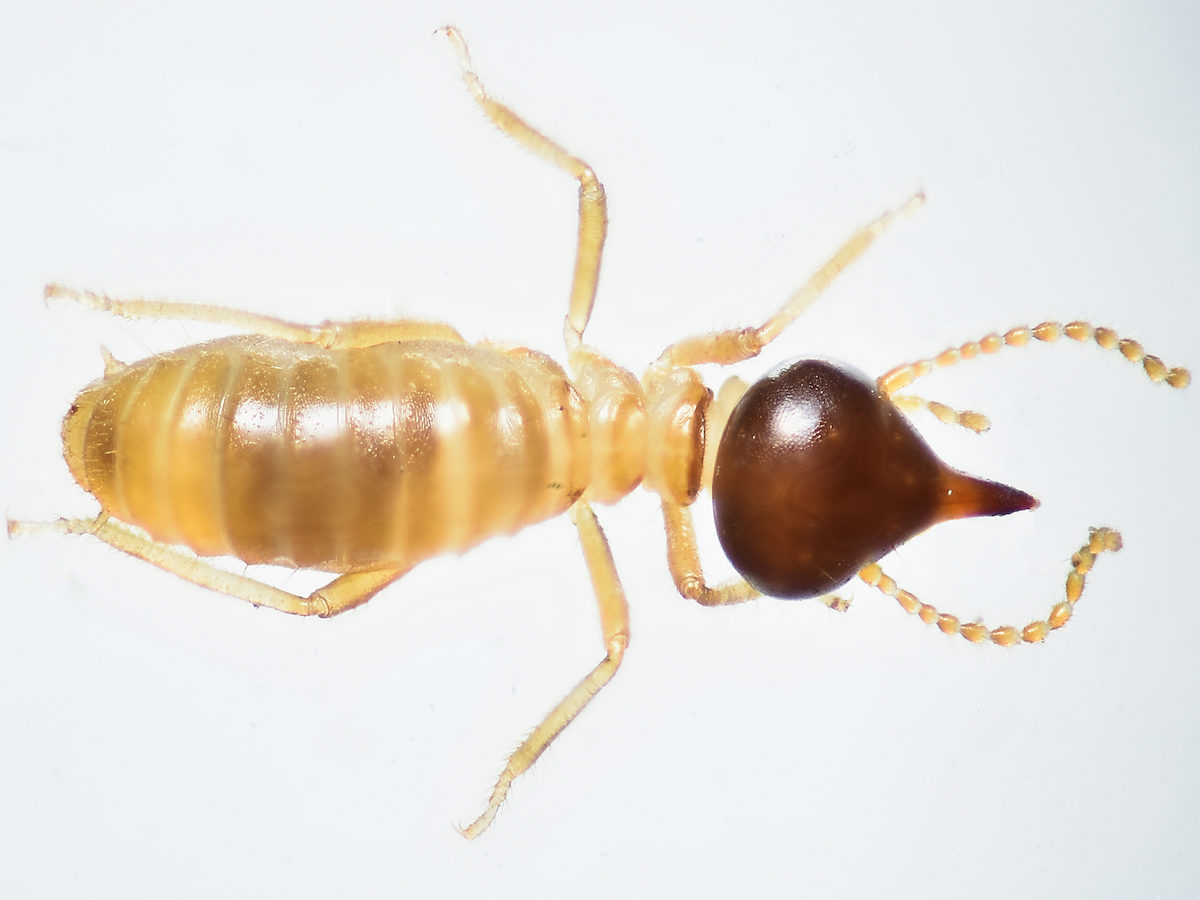
- Termites are small, white insects with a soft, segmented body.
- They feed on wood, paper, and other materials containing cellulose.
- Some species of termites form large colonies and can cause significant damage to buildings and other structures.
- Gnats are small, black flies that resemble mosquitoes.
- They feed on decaying organic matter and can be found in moist, dark areas such as compost piles, drains and sewer systems.
- Gnats are known to spread bacteria and viruses and can be irritating to humans.
Habitat
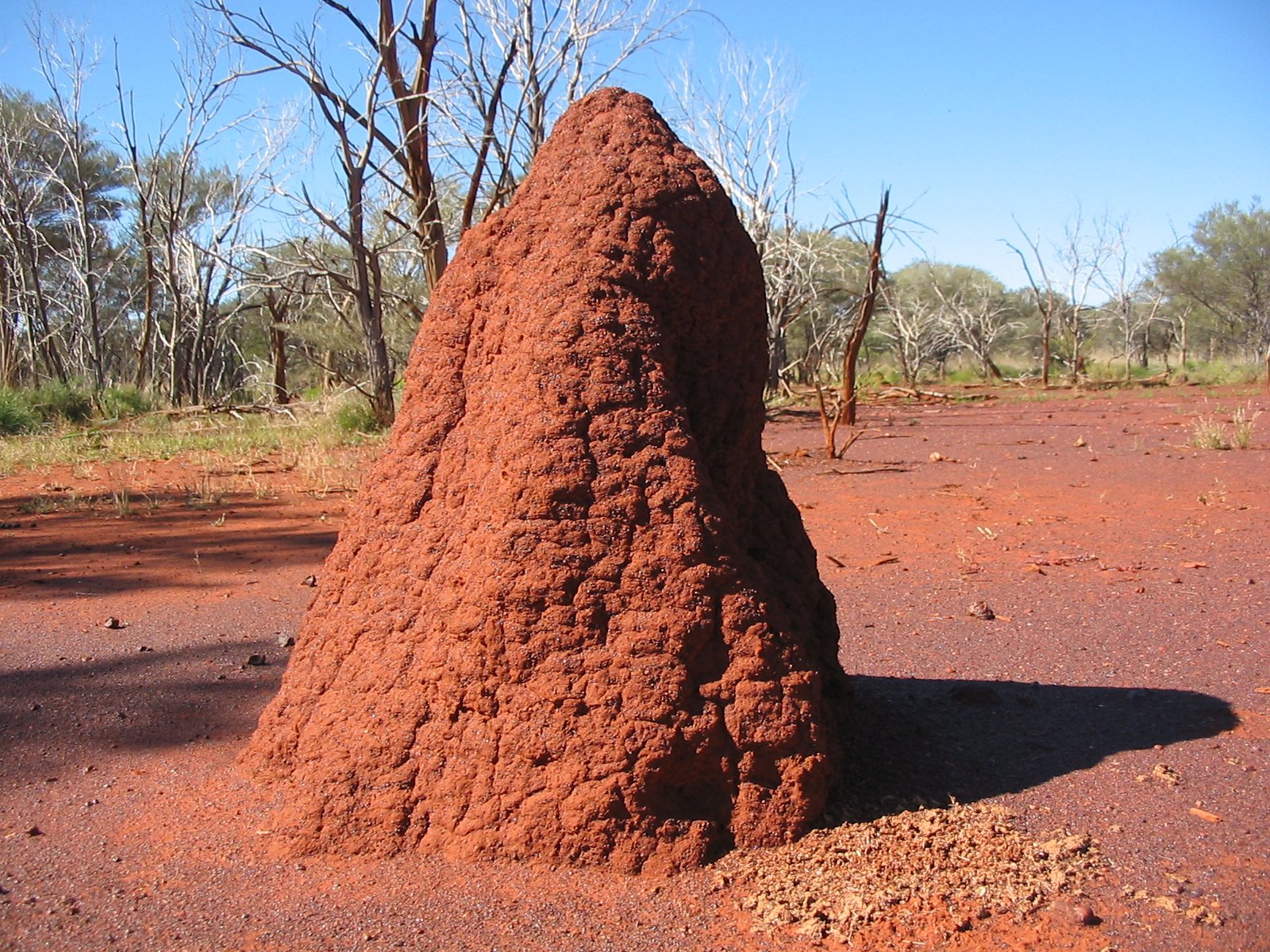
- Termites: Usually found in warm, humid climates or in areas with high levels of moisture. They like wood, as it is their primary food source.
- Gnats: Found in all types of habitats, ranging from dry desert locations to damp, wet climates. They feed on decaying organic matter, such as rotting fruits and vegetables.
Behavior
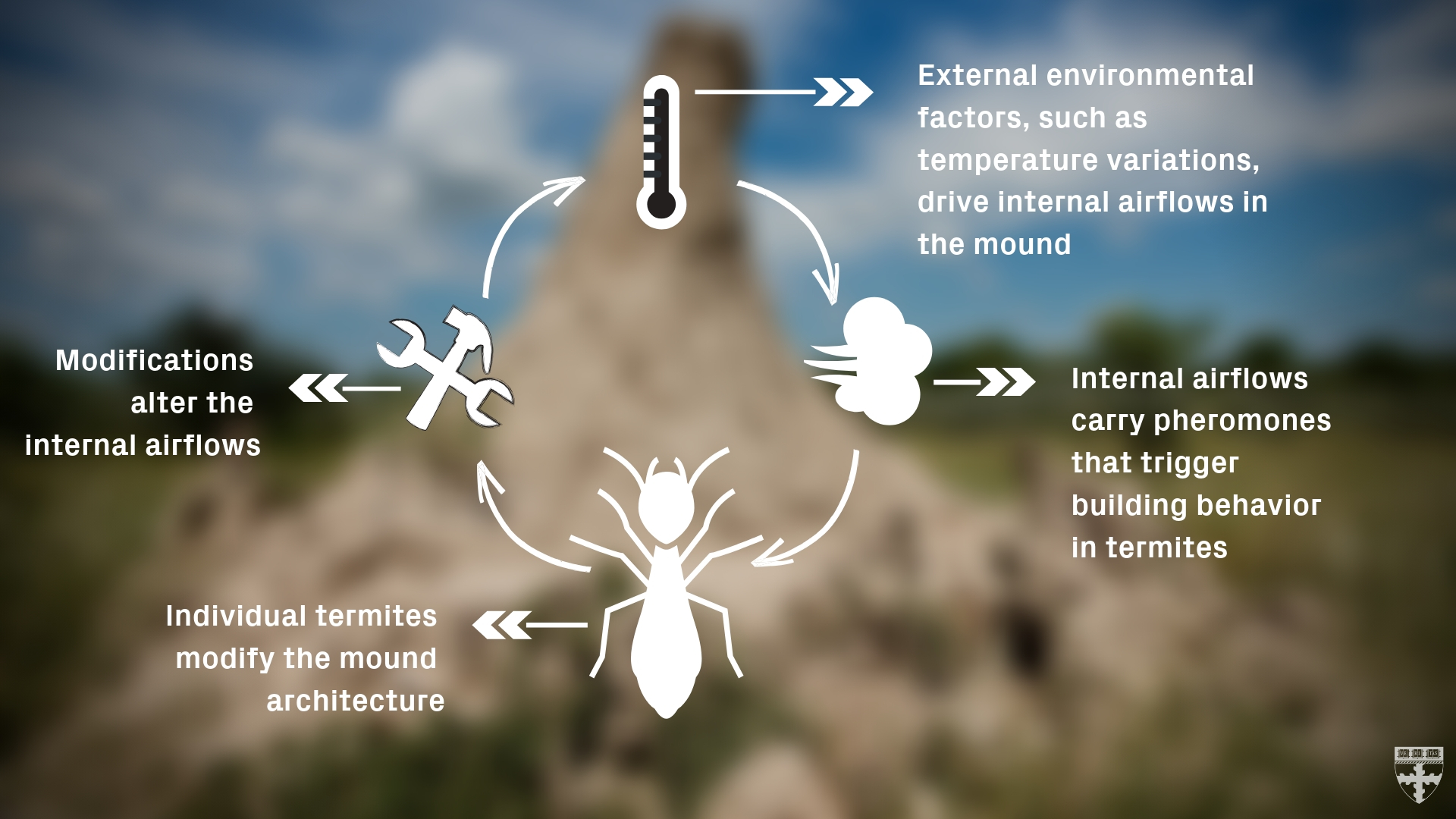
| Termites | Gnats |
| Termites are social insects and live in organized colonies, exhibiting complex social behavior. | Gnats are generally solitary and lead independent lives. |
| Termites build elaborate mud tubes for travel. | Gnats are attracted to light and often swarm around windows and doors. |
| Termites feed on wood and vegetation. | Gnats feed on plants and decaying organic matter. |
Impact of Termites on Humans
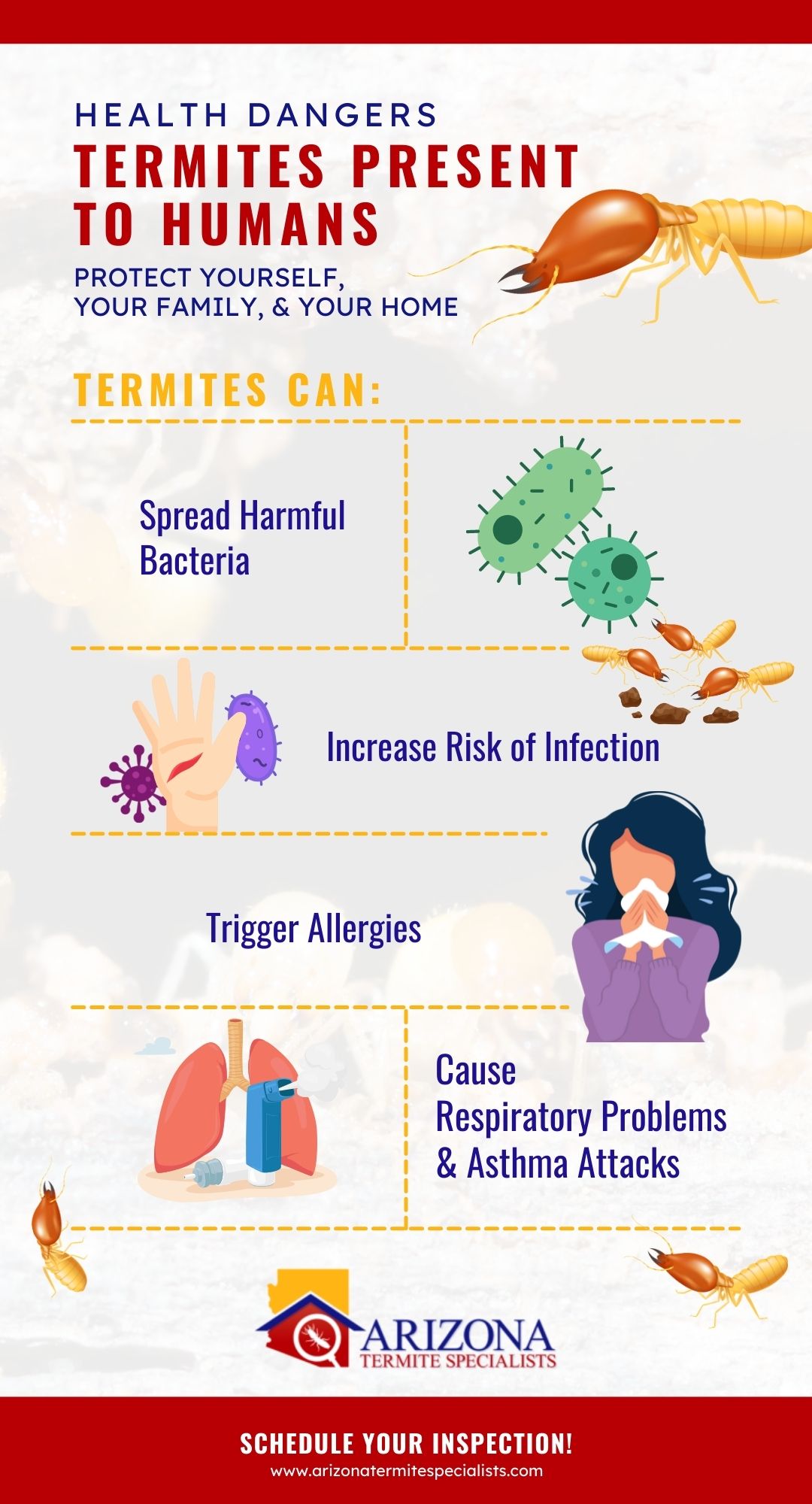
Termites have a significant impact on humans, both directly and indirectly. Termites can cause significant damage to buildings and other structures, including wooden furniture, fences, doors, and window frames. They can also damage paper products, books, and other paper items. In addition, termites can be a major nuisance, as they can invade and infest homes, making them difficult to live in.
In some areas, termites can also attack and damage crops, reducing yields and leading to economic losses for farmers. Termites can also cause health issues for humans, as they can spread diseases and can contaminate food. Termites can also cause allergic reactions in some people, leading to skin irritations and other health problems.
In addition, the presence of termites can make a home or building uninhabitable, leading to financial losses and other issues. As a result, it is important to take steps to prevent and control termite infestations in order to protect people, buildings, and crops from the negative impacts of termites.
Damage to Structures
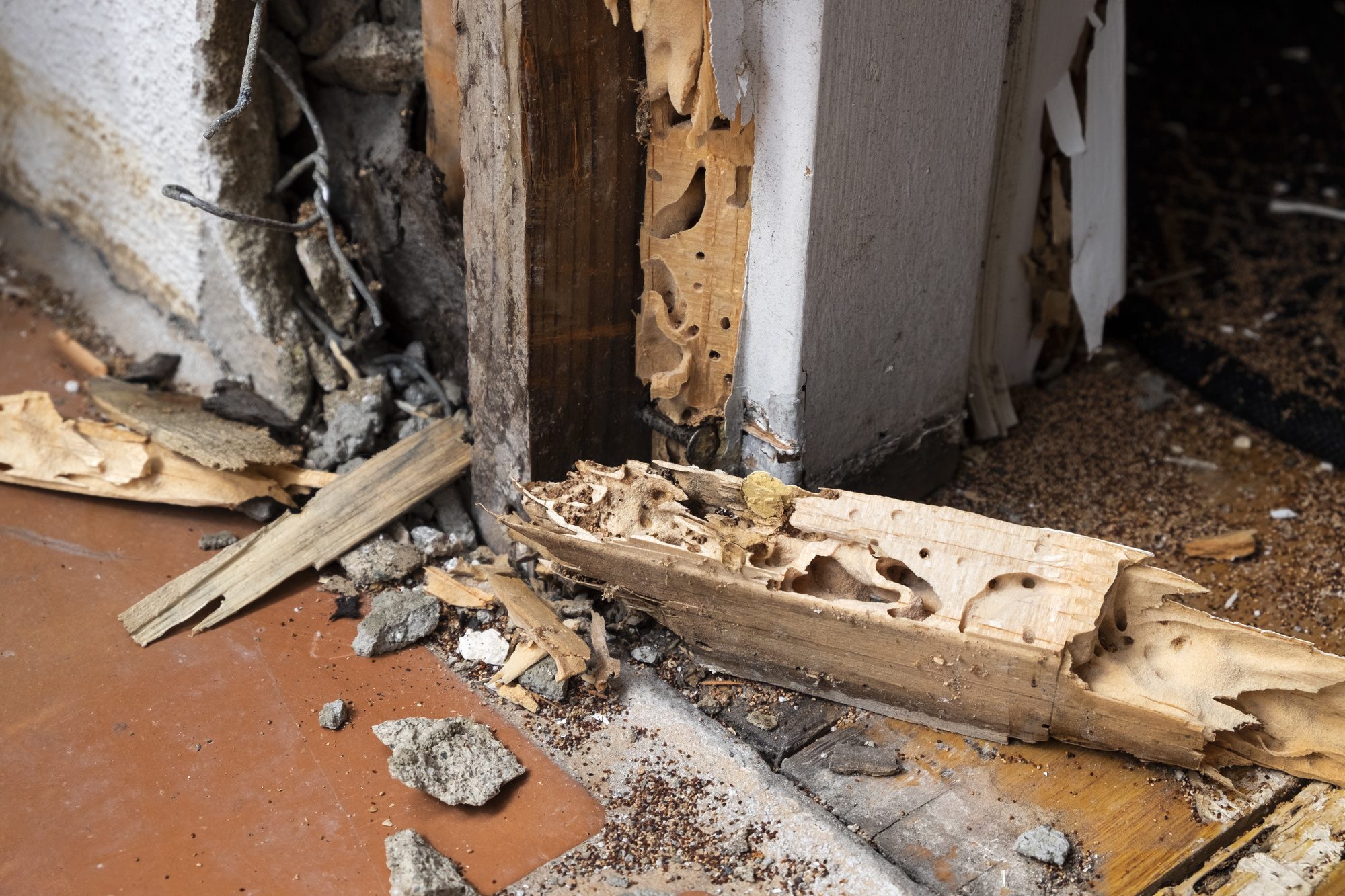
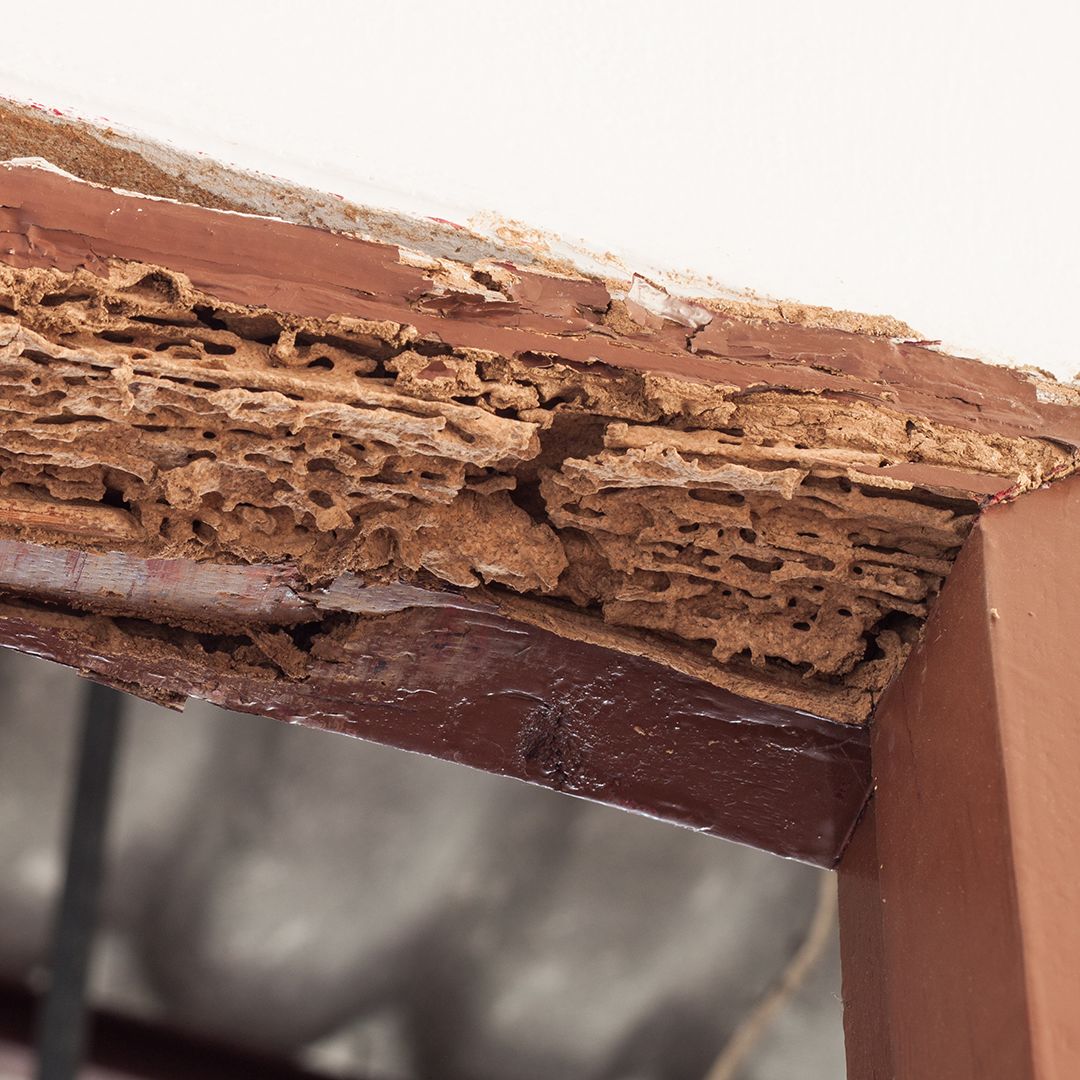
Termites and gnats can cause significant damage to structures. Termites are particularly destructive because they feed on wood, paper and other items containing cellulose. They can cause significant damage to wooden structures such as flooring, walls, and furniture. Gnats, on the other hand, are not known to damage structures, but they can cause staining and discoloration of walls and ceilings due to their presence. Both termites and gnats can also cause damage to electrical wiring and other components in a structure.
Health Effects
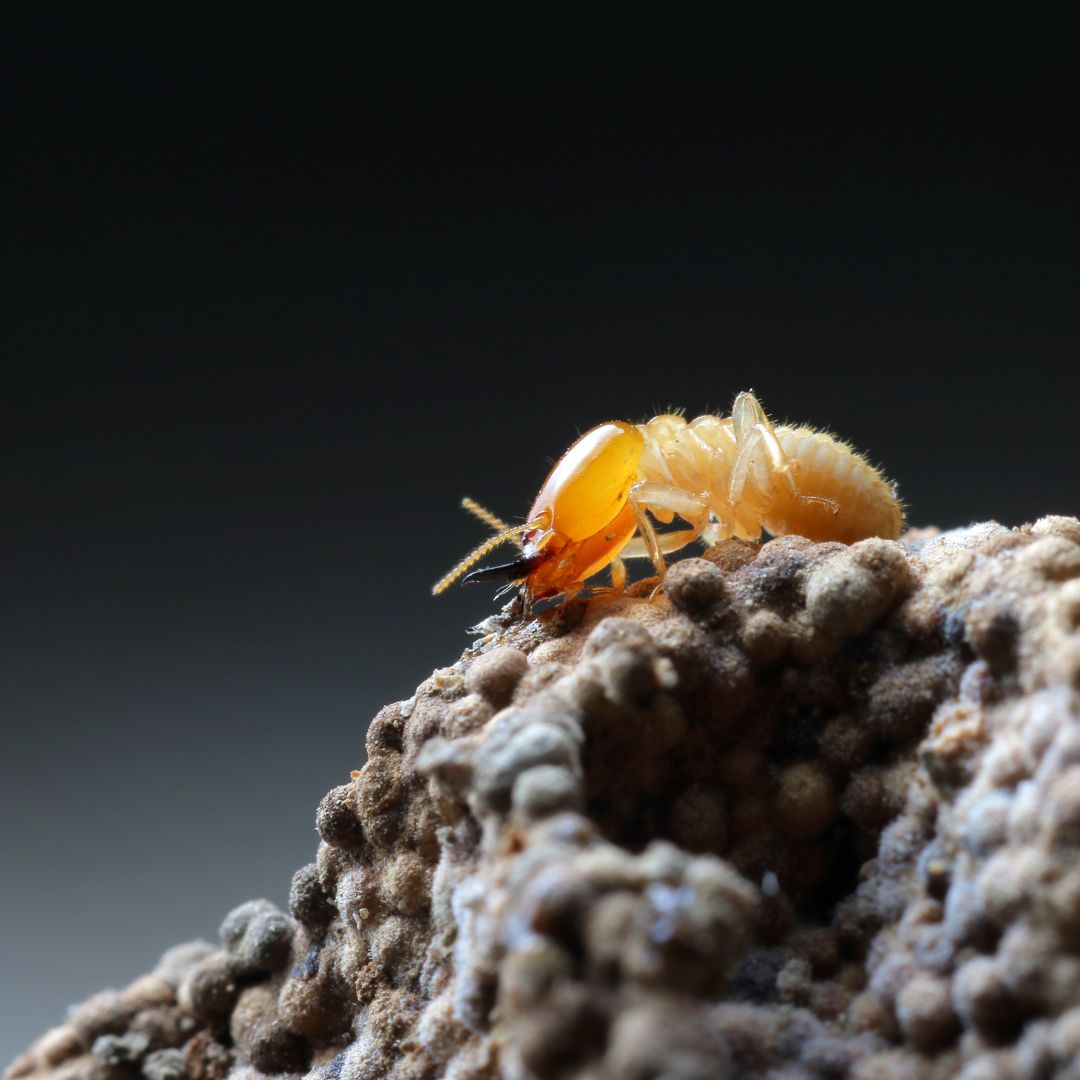
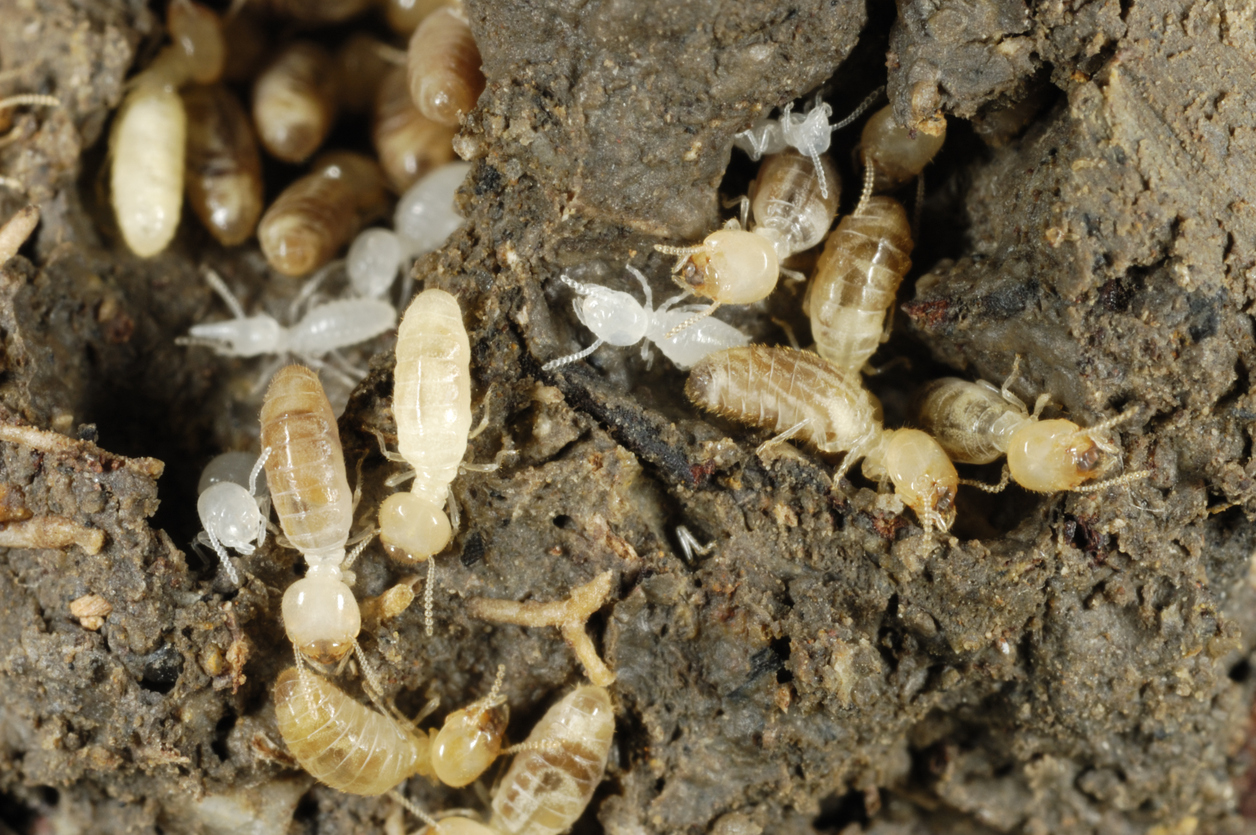
- Termites are known to cause allergic reactions, including skin rashes, eye irritation, and respiratory problems.
- Gnats can transmit diseases such as malaria, encephalitis, and yellow fever.
- Gnats may also carry bacteria that can cause food poisoning.
- Both termites and gnats can cause discomfort for those who are allergic to their bites.
- People may experience skin irritation, swelling, and itching when bitten by a termite or gnat.
- Excessive exposure to termites and gnats can cause serious health problems, such as asthma and other respiratory illnesses.
Impact of Gnats on Humans
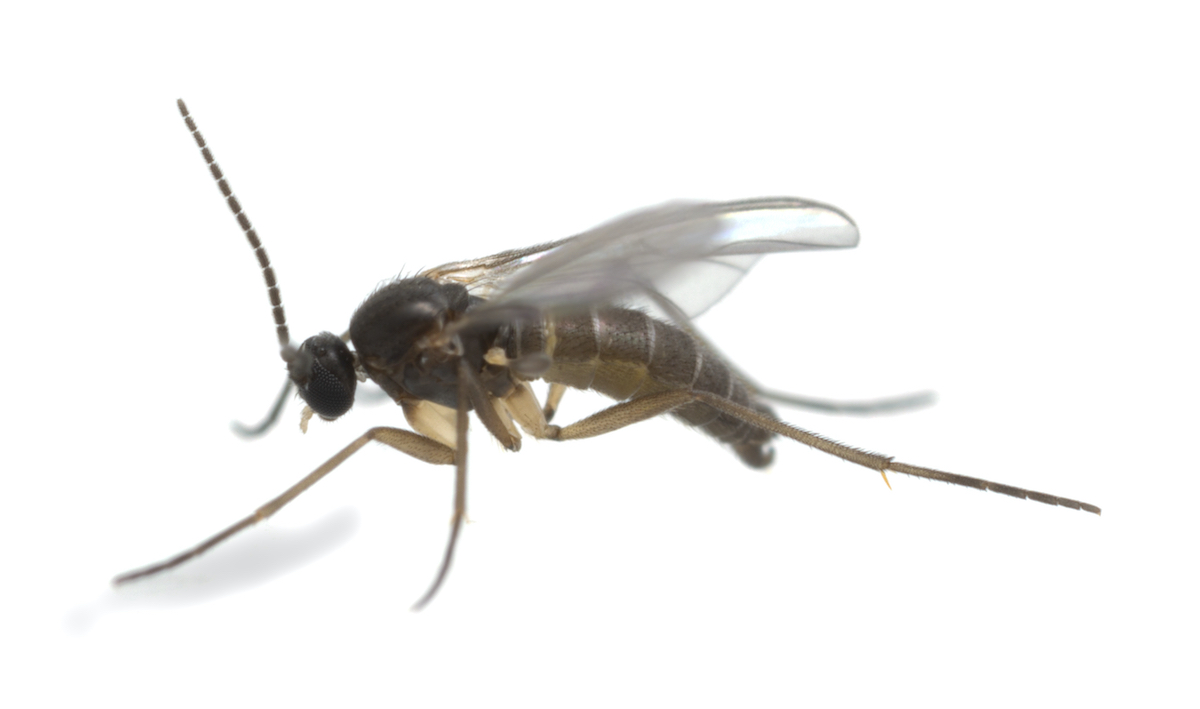
Gnats are small, pesky insects that can become a nuisance for humans. Gnats can transmit diseases, cause skin irritations, and contaminate food and water. They are also a nuisance in the garden, attacking plants, eating away at their roots, and ruining crops.
Gnats can transmit a number of diseases, including bacterial conjunctivitis, which is an infection of the eyes. They can also spread diseases like malaria, dengue fever, and encephalitis. Gnats are also known to spread the larvae of parasitic worms.
Gnats can also cause skin irritation when they bite. These bites can cause redness, itchiness, and swelling. In some cases, the bites can even become infected.
Gnats can also contaminate food and water, which can lead to serious illnesses. They are often attracted to food that is left out, and can spread bacteria and viruses that can cause food poisoning.
Finally, gnats can be a nuisance in the garden, attacking plants, eating away at their roots, and ruining crops. They can also carry diseases and contaminate soil.
In conclusion, gnats can have a detrimental effect on humans, transmitting diseases, causing skin irritations, and contaminating food and water. They can also be a nuisance in the garden, damaging plants and crops.
Damage to Structures


- Termites can cause extensive damage to wooden structures, including furniture, walls, floors, and the foundation of a building.
- Gnats can cause damage to the exterior of buildings, such as windowsills and door frames, as well as interior walls and ceilings.
- Termites can also damage other materials, such as insulation, plastics, and concrete.
- Gnats can also damage fabrics, carpets, and furniture.
- Both termites and gnats can cause significant damage to electrical wiring and plumbing.
Health Effects


- Termites can cause structural damage to buildings, furniture, and other cellulose-based materials.
- Gnats can spread diseases such as Salmonella and E. coli.
- Gnats can also cause allergic reactions in sensitive individuals, including skin irritations, breathing problems, and eye infections.
- Termites can also introduce allergens and irritants into the air, which can trigger asthma and other respiratory issues.
- Gnats can also transmit parasitic worms and viruses to humans.
Identification of Termites and Gnats
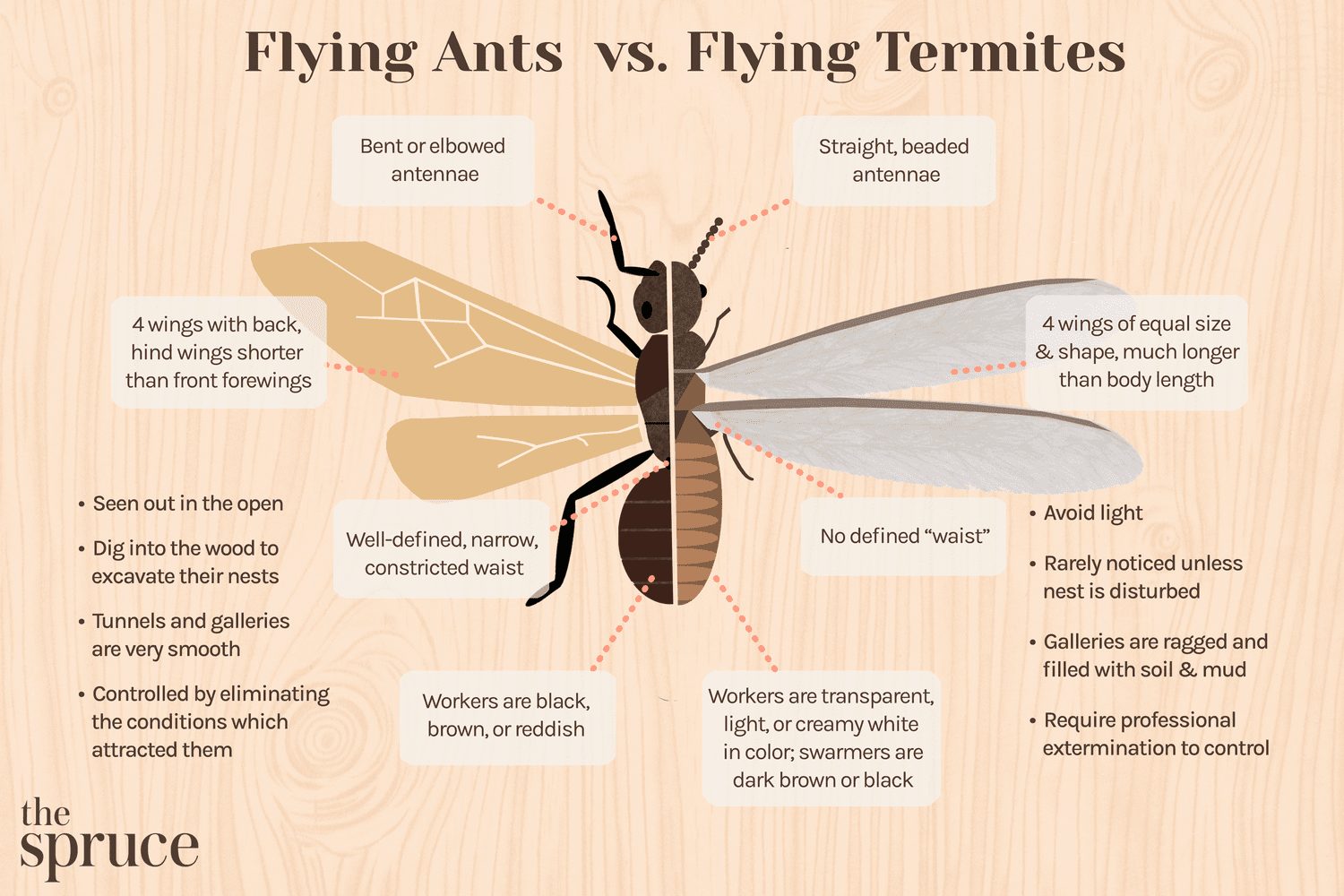
| Insect | Appearance | Size | Behavior |
|---|---|---|---|
| Termites | Soft-bodied, generally white, yellow or black | 1/4 – 3/4 inch | Eats wood, lives in colonies |
| Gnats | Small flies, generally gray or black | 1/8 inch | Feeds on nectar, sometimes attracted to lights |
Termites are typically soft-bodied insects, generally white, yellow or black in color. They can range in size from 1/4 – 3/4 inch. Termites eat wood and live in large colonies. Gnats are small flies which are often gray or black in color. They are usually about 1/8 inch in size. Gnats feed on nectar and may be attracted to lights.
Visual Identification
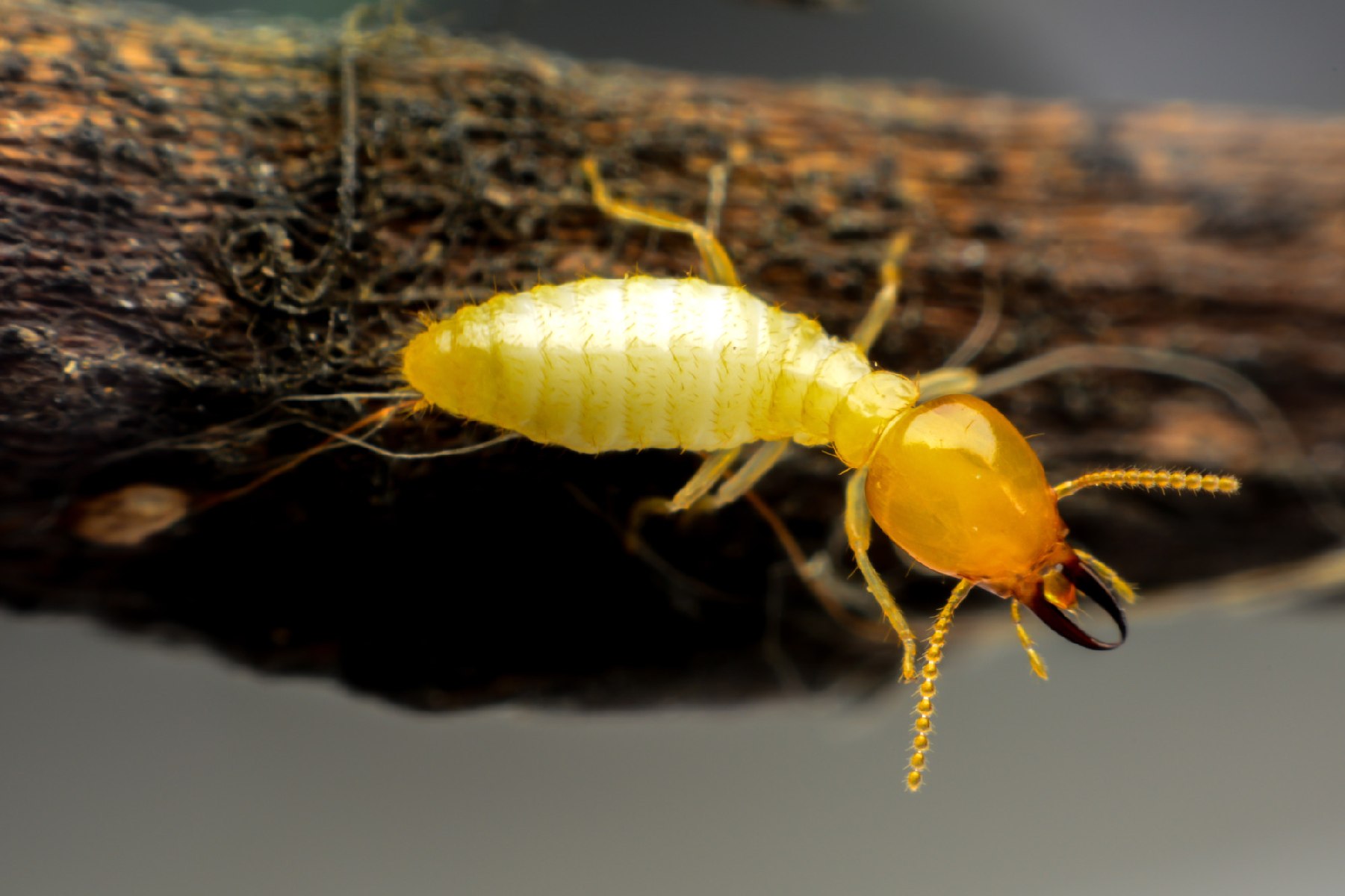
Termites and gnats can be difficult to distinguish from one another. Termites have a thick, segmented body, two antennae and four wings of equal size. They are usually white, brown or black in color. Gnats are small insects with long, thin antennae and small wings that are not equal in size. They are usually black, gray or yellow in color. Both types of insects may be found in or around homes, but they are most active in warm, moist environments. To determine which one you are dealing with, look for distinguishing features such as size and color. If possible, use a magnifying glass to get a better view of the insect.
Physical Identification
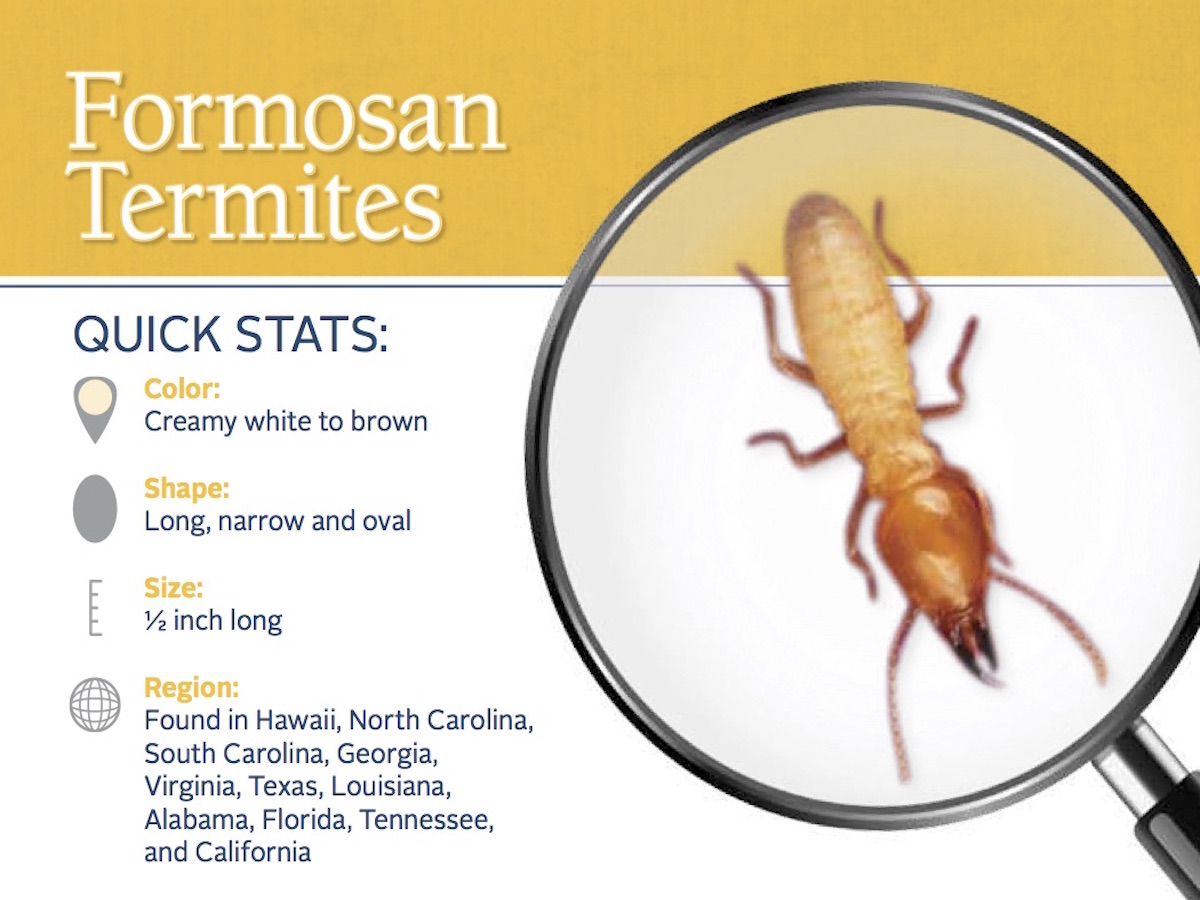
- Termites: Creamy white, elongated bodies, with two pairs of wings which are the same length and are membranous.
- Gnats: Black or gray, slender, tiny bodies, with two pairs of wings, the front pair shorter than the hind pair.
Prevention of Termites and Gnats
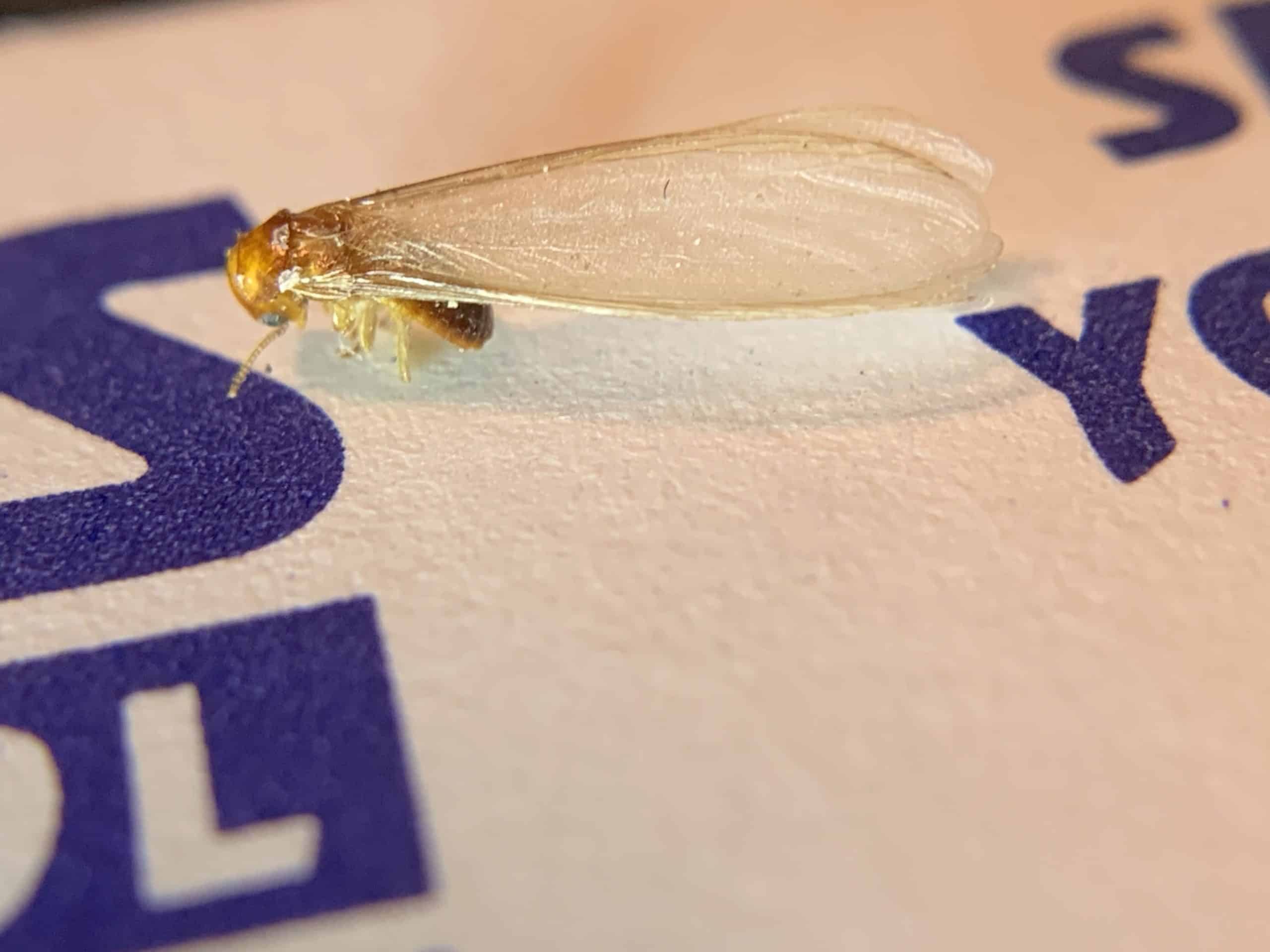
To prevent termites, it is important to reduce moisture in and around the home. Repair leaky faucets, pipes, and air conditioning units. Divert water away from the foundation with properly functioning gutters, downspouts, and splash blocks. Keep wood piles and mulch away from the foundation and regularly inspect wood for signs of termite damage. It is also important to seal off any potential entry points such as cracks in the foundation or walls.
To prevent gnats, it is important to keep the area clean and free of standing water and organic matter. Eliminate any sources of food for gnats, such as overripe fruits and vegetables, garbage and pet food. Regularly empty and clean garbage bins, pet dishes and birdbaths. Keep window screens and doors closed and repair any holes or gaps in screens.
Treatment of Termites and Gnats
- For termites, use a liquid termiticide, such as Termidor, to create a chemical barrier around the foundation of the home. This will kill the termites and prevent them from entering the home.
- For gnats, use a combination of insecticides and traps. Insecticides are sprayed inside and outside the home to kill adult gnats. Traps are then used to capture any remaining gnats. Insecticidal baits can also be used to target the larvae.
Conclusion
Termites and gnats, though both small insects, have many differences. Termites are social insects that live in colonies, while gnats are typically solitary. Termites feed on wood and can cause significant damage to homes and buildings if left untreated, while gnats are most commonly found near sources of water. Gnats do not cause structural damage, however, they can be a nuisance when they swarm around people.
Frequently Asked Questions
What is the difference between termites and gnats?
Termites are social insects that live in colonies and feed on wood, while gnats are small flying insects that feed on decaying organic matter. Termites can cause significant damage to wooden structures, while gnats do not. Termites range in size from 1/4 inch to 1/2 inch, while gnats are usually less than 1/8 inch in size. Gnats fly in swarms, while termites usually stay in their colonies.
Are Termites More Destructive Than Gnats?
Termites are much more destructive than gnats due to the extensive damage they can do to a structure. Termites feed on wood, paper, and other cellulose-based materials, which can cause serious damage to a home or building in a short period of time. Gnats, on the other hand, are only a nuisance and can cause minor damage to vegetation. They do not pose a serious threat to structures.
How can I tell the difference between termites and gnats?
Termites are often mistaken for flying ants due to their similar appearance. They have two sets of wings that are equal in size and shape and their antennae are straight. Gnats on the other hand have only one set of wings and their antennae are curved. In addition, termites are larger than gnats and their wings are longer than their bodies. Gnats have wings that are shorter than their bodies. Termites also have a thicker body than gnats. Lastly, termites have a hard outer shell, while gnats are smooth and soft.
Is there any overlap in the habitat of termites and gnats?
Both termites and gnats are small insects found in many different habitats. Termites are found in woodlands, grasslands, and even in urban areas. Gnats are often found in moist areas such as near lakes, ponds, and streams. While the two may occupy similar habitats, they generally do not overlap. Termites are found in decaying wood and soil, while gnats prefer areas with an abundance of moisture. Therefore, although both insects may occupy similar areas, they are rarely found in the same location.
What kind of pest control methods are effective against termites?
The most effective way to manage termites is to use a combination of physical barriers (such as chemical treatments and baiting systems) and cultural practices (such as proper drainage and ventilation). Chemical treatments are the most common method for exterminating termites, but baiting systems can also be used to attract and eliminate the pests. Proper drainage and ventilation can help to reduce the number of termites in the area, as well as making the environment less inviting for them. Proper housekeeping practices such as keeping wood away from the home and ensuring the soil around the foundation is dry can also help to reduce the number of termites present.
Conclusion
Gnats and termites are two very different insects. Although they may share some similar traits, their differences are more pronounced. Gnats are small, flying insects that feed on the nectar of flowers or the sap of plants. Termites, on the other hand, are wood-eating insects that can cause destruction to wood structures. Gnats are generally beneficial to plants, while termites can be a destructive force. It is important to know the differences between these two insects to be able to identify them and take necessary action.
- Drees, B.M. 2006. Termites or Gnats: The Big Difference between the Two Insects. University of Idaho. College of Agricultural & Life Sciences. Crop & Soil Sciences. Department of Entomology.
- BugGuide.Net. 2016. Termite or Gnat? Understanding the Difference. Iowa State University. Department of Entomology.

